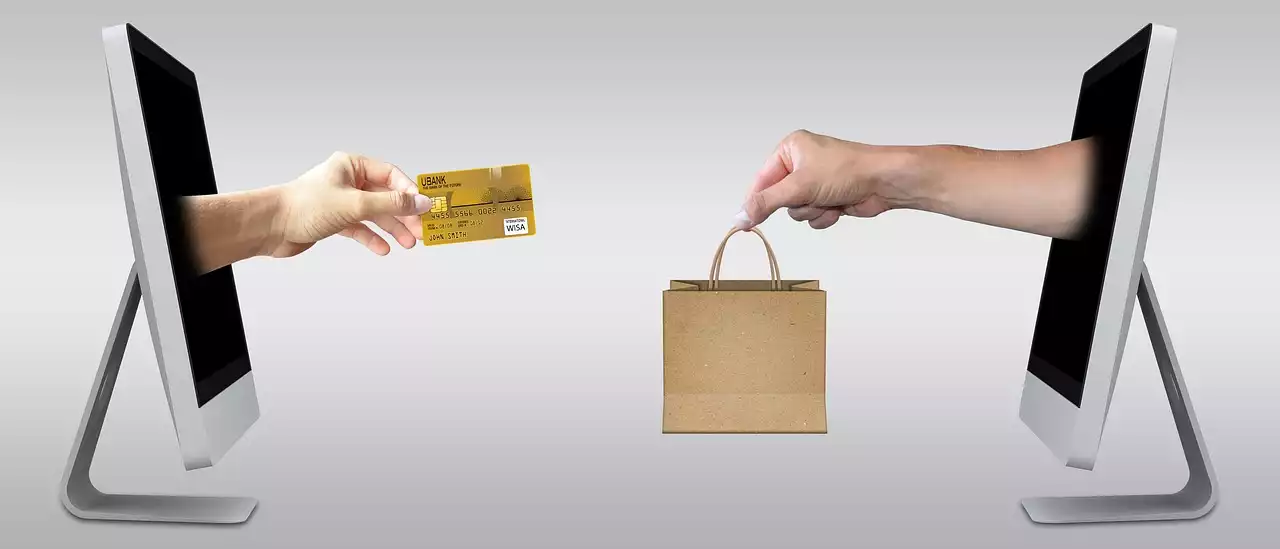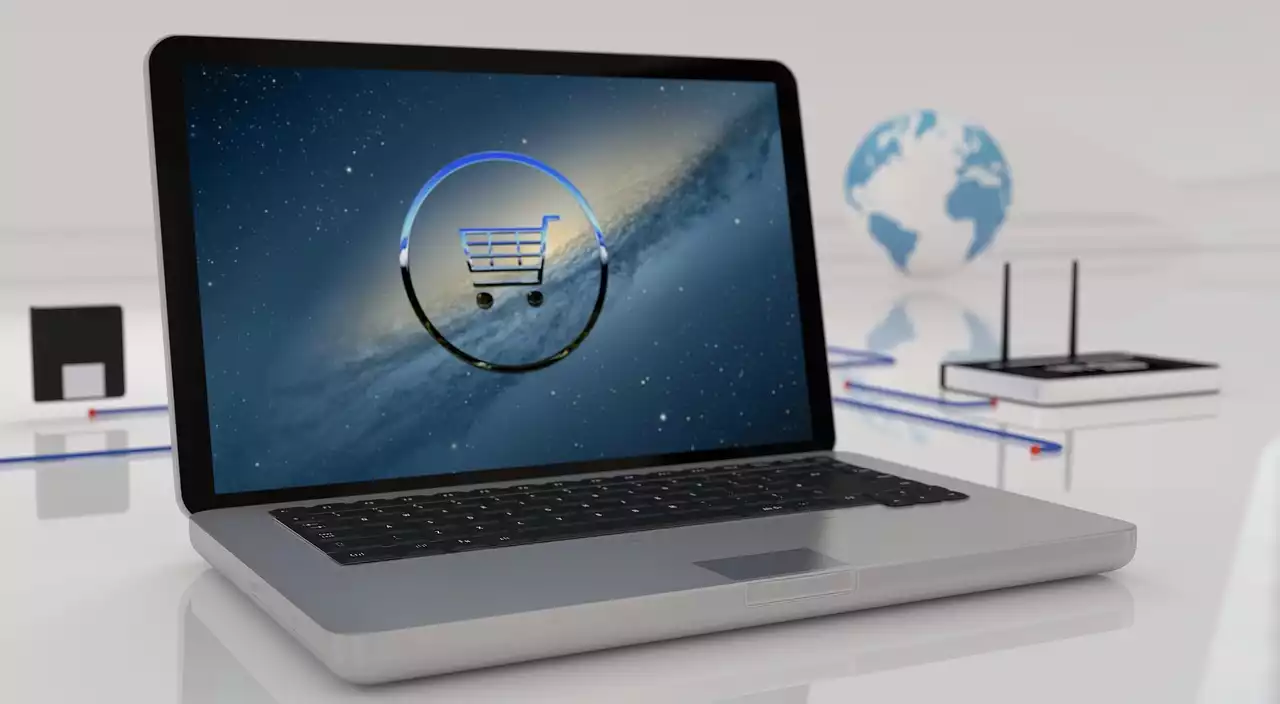The Rise of M-Commerce
The rise of mobile devices has had a significant impact on the e-commerce industry. In fact, mobile commerce, or m-commerce, is expected to account for 72.9% of all e-commerce sales by 2021. With the increasing popularity of smartphones and tablets, it's more important than ever for businesses to optimize their websites for mobile devices.
One trend that's set to gain momentum in the coming years is the use of progressive web apps (PWAs). PWAs are web applications that are designed to work seamlessly on any device, regardless of the screen size or platform. They offer a more streamlined user experience than traditional mobile apps, and they don't require users to download anything from an app store.
Another trend that's set to revolutionize m-commerce is the use of mobile wallets. Mobile wallets allow consumers to store their payment information securely on their mobile devices, making it easier and more convenient to make purchases online. As the use of mobile wallets continues to grow, businesses that don't offer this payment option may find themselves at a disadvantage.
The Importance of Personalization
Personalization has become a buzzword in the e-commerce industry in recent years, and for good reason. Consumers expect a personalized shopping experience, and businesses that fail to deliver may find themselves losing customers to their competitors. In fact, studies have shown that 80% of consumers are more likely to do business with a company that offers a personalized experience.
One trend that's set to gain momentum in the coming years is the use of artificial intelligence (AI) to personalize the shopping experience. AI can analyze a consumer's browsing and purchasing history to make personalized product recommendations and offer targeted promotions. This can be especially useful for businesses that offer a wide range of products, as it can help consumers find what they're looking for more quickly and easily.
Another trend that's set to gain momentum in the coming years is the use of personalized pricing. Personalized pricing allows businesses to offer different prices to different consumers based on factors such as their browsing and purchasing history, location, and even their social media activity. While this approach can be controversial, it can be an effective way to increase sales and customer loyalty.
The Growth of Voice Commerce
As voice assistants such as Amazon's Alexa and Google Home become more popular, voice commerce is set to become a major trend in the e-commerce industry. In fact, it's estimated that voice commerce sales will reach $40 billion by 2022.
One trend that's set to gain momentum in the coming years is the use of voice search optimization. Voice search optimization involves optimizing your website for the way people speak, rather than the way they type. This can be especially important for businesses that sell products or services that are frequently searched for using voice assistants.
Another trend that's set to revolutionize voice commerce is the use of voice-activated shopping. Voice-activated shopping allows consumers to make purchases using voice commands, without ever having to leave their homes. As this technology becomes more sophisticated, it's likely that more consumers will turn to voice-activated shopping as a convenient and hassle-free way to shop online.
The Integration of Augmented and Virtual Reality
Augmented reality (AR) and virtual reality (VR) have been buzzwords in the e-commerce industry for several years, but in 2023, they're set to become even more prevalent. AR and VR technology allows consumers to try on clothing, visualize furniture in their homes, and even take virtual tours of vacation destinations.
One trend that's set to gain momentum in the coming years is the use of AR and VR in product visualization. AR and VR can help consumers get a better sense of what a product looks like in real life, which can be especially useful for products that are difficult to visualize, such as furniture or home decor.
Another trend that's set to revolutionize the e-commerce industry is the use of AR and VR in marketing. AR and VR can be used to create immersive marketing experiences that allow consumers to interact with products in unique and exciting ways. This can help businesses stand out from their competitors and create a strong brand identity.
The Use of Chatbots and AI in E-commerce
Chatbots and AI have already made significant inroads in the e-commerce industry, but in 2023, they're set to become even more prevalent. Chatbots and AI can be used to provide personalized customer service, make product recommendations, and even process orders.
One trend that's set to gain momentum in the coming years is the use of chatbots and AI in customer service. Chatbots can provide 24/7 customer support, which can be especially useful for businesses that operate in different time zones or have customers in different parts of the world. AI can also be used to provide personalized customer service, by analyzing a customer's browsing and purchasing history to provide targeted support.
Another trend that's set to revolutionize e-commerce is the use of AI in order processing. AI can be used to automate order processing, which can help businesses save time and money. It can also be used to provide real-time inventory updates, which can help businesses avoid stockouts and other inventory-related issues.
The Rise of Social Commerce
Social commerce is not a new concept, but in 2023, it's set to become even more prevalent. Social commerce involves using social media platforms to sell products and services, and it's a trend that's been gaining momentum in recent years.
One trend that's set to gain momentum in the coming years is the use of social media influencers in social commerce. Influencers can help businesses reach a wider audience and build trust with their customers. As social media platforms continue to evolve, it's likely that we'll see more businesses turn to influencers as a way to promote their products and services.
Another trend that's set to revolutionize social commerce is the use of social media as a sales channel. Social media platforms such as Instagram and Facebook are already experimenting with in-app shopping features, and it's likely that we'll see more platforms adopt this approach in the coming years.
The Impact of Blockchain on E-commerce
Blockchain technology has been a buzzword in the tech industry for several years, but in 2023, it's set to have a major impact on the e-commerce industry. Blockchain technology offers a secure and transparent way to store and share data, which can be especially useful for businesses that deal with sensitive information such as payment details and customer data.
One trend that's set to gain momentum in the coming years is the use of blockchain in payment processing. Blockchain technology can be used to create secure and transparent payment systems, which can help businesses protect their customers' sensitive information and avoid fraud.
Another trend that's set to revolutionize e-commerce is the use of blockchain in supply chain management. Blockchain technology can be used to create a transparent and secure supply chain, which can help businesses track products from the manufacturer to the end consumer. This can help businesses avoid supply chain-related issues such as counterfeiting and product diversion.
The Growth of Subscription-Based Models
Subscription-based models have been gaining momentum in the e-commerce industry in recent years, and in 2023, they're set to become even more prevalent. Subscription-based models involve offering products or services on a recurring basis, either weekly, monthly, or annually.
One trend that's set to gain momentum in the coming years is the use of subscription-based models for physical products. Subscription-based models can be used to provide consumers with a steady supply of products such as razors, toiletries, and snacks, without the hassle of having to reorder each time.
Another trend that's set to revolutionize subscription-based models is the use of AI and machine learning to personalize subscriptions. AI and machine learning can analyze a consumer's browsing and purchasing history to make personalized product recommendations and offer targeted promotions. This can help businesses increase customer loyalty and retention.
Final Thoughts on the Future of E-commerce Development
The e-commerce industry is constantly evolving, and the next few years promise to be exciting for online retailers. From the rise of m-commerce and the importance of personalization to the integration of AR and VR and the use of blockchain, there are numerous developments on the horizon that will shape the future of e-commerce. By keeping these trends in mind and staying ahead of the curve, businesses can position themselves for success in the years to come.










